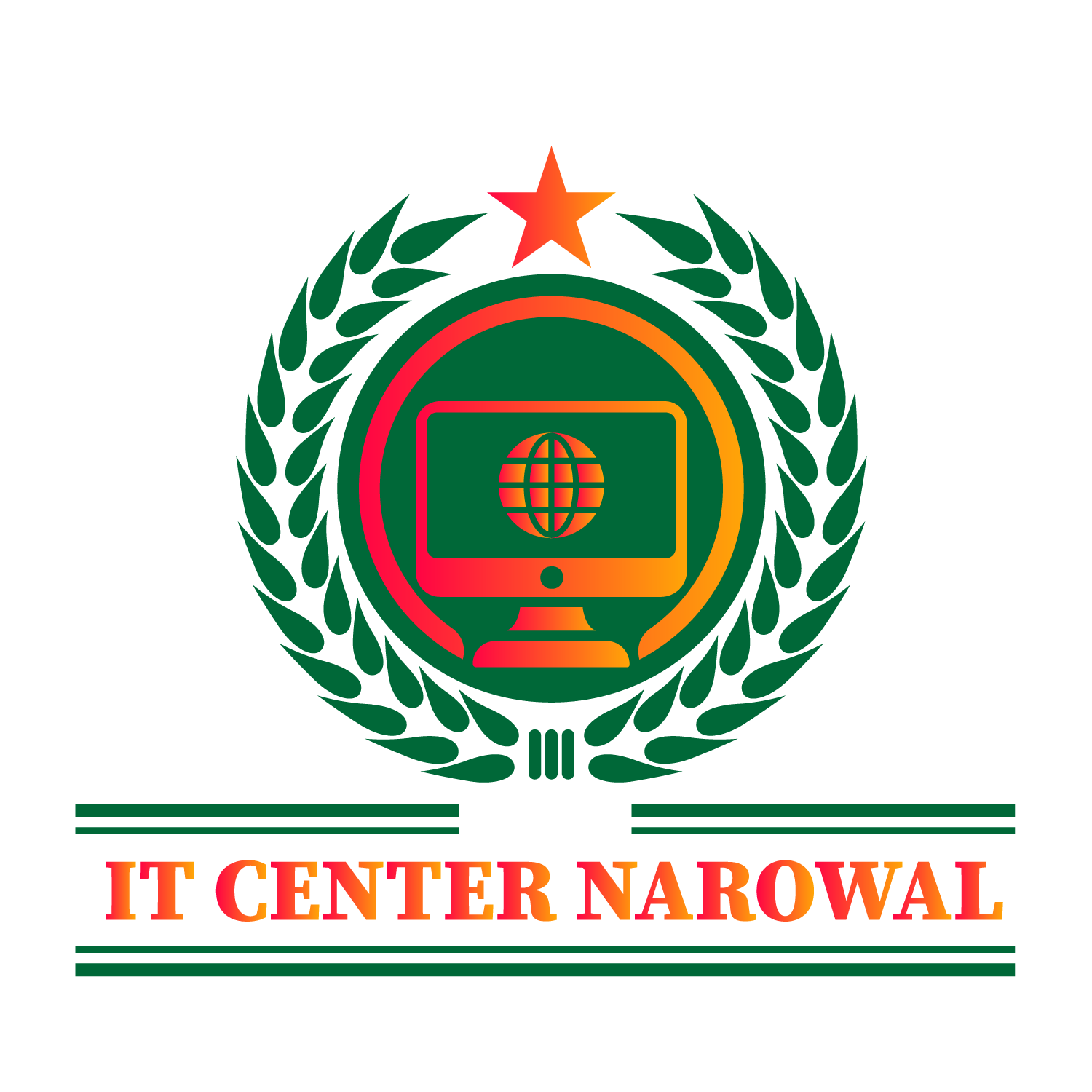Web Development Course Overview
Web development is the work involved in developing a website what we call “back-end processing”. There are numerous steps in the web development process. From gathering basic information to the formation of the site, and finally the maintenance of page to keep the website up-to-date. Web development can range from establishing a simple single page of plain text to complex web-based internet applications.
Importance of web development
Websites primarily act as a bridge between one who wants to share information and those who want to consume it. If you are running a business, then it is virtually imperative for you to have a website to broadcast your offerings and reach out to potential clients at an ecumenical stage.
The following points expound why it is consequential to have a website:
- You can advertise your business offers on an online brochure called a website.
- It gives you a platform to reach out to a far-and-wide ecumenical customer base.
- If you write blogs, you can influence your readers by publishing them on a website.
- You can show all your conceptions and publish them on a website.
- You can give an opportunity to your customers to express themselves, communicate and get support.
What Course Covers?
In web development, you will learn about internet concepts which include protocols, servers, and their functions, as well as internet clients- configuration and use, network security, internet development, internet site functionality design, business concepts, and server-side technology like PHP & MySQL. In addition, every Web Developer must have a basic understanding of web design i.e. HTML, CSS, and JavaScript.
Course Outline
Web Development training curriculum is carefully designed to meet the requirements of next-generation Web. Following Web Development Tools are covered in training:
Internet Basics
- Protocols
- Servers and their Functions
- Web Clients, Configuration and Use
- Cyber Security
- Internet Development
- Internet Site Functionality Design
- Business Concepts
HTML5
- Fundamentals of HTML
- Basic HTML tags
- Format text on Web Pages
- Incorporate images
- Create hyperlinks
- Create complex image maps
- Create tables and nested tables
- Insert a form on a web page
- Set, modify form field properties: text field, drop-down, checkbox, radio button
- Validating HTML
Cascading Style Sheet – CSS
- Introduction
- Designing with Style Sheets
- Style Sheet Syntax
- ID, Class & Contextual Selectors
- Linked (External) Style Sheets
- Cascading Order
- Properties: Text, Font, Colors, Backgrounds, Borders
- Floating Elements
- Absolute and Relative Positioning
- Layering Elements with the Z-Index
- Animation of objects
- Flex
Bootstrap
- Typography
- Images
- Tables
- Buttons
- Badges
- Carousel
- Forms
- Jumbotron
- Forms
- Toasts
- Grid System
Javascript & Document Object Model – DOM
- Introduction to JavaScript
- Variables and Objects
- Decision-Making Statement: If, Switch
- Loops: For, While & Do While
- Arrays
- Functions and Prototypes
- Core JavaScript Objects
- DOM Introduction
- DOM Event Model
- DOM Functions i.e. Document.Write, Document.GetElementById, Document.bgColor etc.
JQuery
- Introduction
- Install & Configuration
- jQuery Syntax
- Selectors
- Events: Hide/Show, Fade, Slide, Animate, CSS
- jQuery Callback
- jQuery Chaining
JSON
- JSON Concepts
- Data Storage & Transportation
- JSON Syntax
- Pairs: Name & Values
- Objects
- Arrays
- Converting JSON Text to JS Object
Extensible Markup Language – XML
- What is XML?
- XML Benefits: Human-Readable etc
- Rules & their Implementation
- XML User Defined Tags
- Data Storage
- Data Exchange or Sharing
PHP HyperText PreProcessor – PHP
- Introduction
- PHP Essentials
- Language Fundamentals: Variables, Constants
- Decision-Making Statement: If, ? & Switch
- Loops: For, For-Each While & Do While
- Statement: Break, Continue
- Operators: Arithmetic, String, Assignment, Comparison, Incr/Decr etc.
- PHP functions:
- Arrays: Numerically Indexed, Associative
- Array Functions: Join, Explode, Implode, In_Array, Array_Search.
- String Functions: Strlen, Printf, Substr, Str_Replace
- Server-Side Processing
- Processing Forms via GET/POST
- GET or POST?
- State and Persistence: Cookies/Session
- Web Application Development
- Intro to PHP Frameworks
- OOPs & MVC Concepts
SQL & MySQL
- What is SQL & MySQL and its Versions?
- MySQL CLI:mysql/GUI:phpmyadmin
- Administration & Query Browser
- Creating Databases and Tables
- Using keys
- Table Types in MySQL
- Data Types:Varchar, Int, Char, Date and Time
- Deleting databases and tables
- Inserting, Retrieving, Updating and Deleting data
- MySQL User Accounts, Privileges and Access Control
- MySQL documentation
Integrating PHP and MySQL
- PHP interfacing with MySQL
- Connecting to MySQL
- Connecting to a database
- Executing SQL
- Retrieving the data set
- Refining the fetch
Laravel
- Laravel Framework
- Laravel Setup Requirements
- Basic Routing
- Blade Layout Files
- Sending Data to Views
- Controllers
- Database & Migrations
- Eloquent Namespacing & MVC
- Directory Structure
- Form Handling and CSRF Protection
- Routing Conventions
- CRUD Operations
- PATCH and DELETE Requests
- Cleaner & Crisper Controllers
- 2 Layers of Validation
- Eloquent Relationships
- Form Action Considerations
- Project

